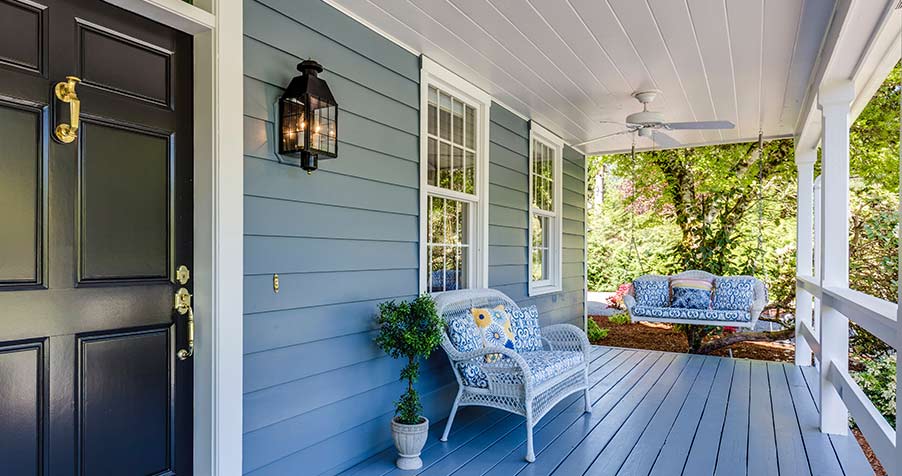What is ironmongery?

Ironmongery, sometimes mistyped as ironmongary, iron mongary, ironmongrey or iron mongrey, used to be traditionally referred to as the hardware made from iron by an ironmonger. Nowadays, the term ironmongery has expanded to include hardware made of brass, aluminium, steel and other metals.
What is architectural ironmongery?
The term architectural ironmongery refers to the collection of hardware used for the architectural needs in a building – door handles, door locks, window fittings, door hinges, door bolts, door numbers, skirting door stops and even robe hooks and letter plates.

The Dictionary of Construction, Surveying, and Civil Engineering by Christopher Gorse, refers to architectural ironmongery as “decorative or ornamental products made from iron or other metals, such as banisters, screens, and railings.” However, we believe that all of these small details that make up architectural ironmongery are more than a decorative element, these are an essential part of any property.
Related: The importance of architectural ironmongery
Types of ironmongery.
There are many types of ironmongery that are used in commercial and residential properties. All ironmongery differs in design, size and finish. So, it’s important to choose the right piece of ironmongery to match your property’s requirements. Here are some types of ironmongery that you might need for your property.
Door handles.
Door handles are the jewellery of a property. Not only are they incredibly important for you to be able to operate doors but door handles can also add a decorative element to your interiors. The three main types of door handles are lever handles, pull handles and doorknobs and these are available in modern and traditional styles plus, in various finishes, including brass, chrome, pewter and more.

Related: How to choose door handles.
Door knockers.
Door knockers are a common ironmongery detail that dress up front doors of homes all across the country. These were traditionally used to announce that there was someone at the door but with the invention of electric doorbells, door knockers soon became more of a decorative door statement than an essential door accessory.

Related: Types of door knockers.
Door closers.
Automatically close doors after someone has opened them with door closers. These closing mechanisms can also help control room temperature and maintain fire safety. Door closers set the opening and closing speed of a door, which in turn, help prevent damage to the door and wall by people slamming the door open or close.

Related: How to fit a door closer.
Door hinges.
Hinges are highly versatile and can be used to help operate doors and other furniture types that need opening and closing. At Ironmongery Experts, we stock a variety of door hinges, such as butt hinges, concealed hinges, spring hinges, ball race hinges, lift off hinges, parliament hinges and many more.

Related: Different types of hinges.
Door stoppers.
Also known as door stops, door stoppers prevent damage to doors by stopping them from hitting the wall when swung. Some of the most popular door stop types, include floor mounted door stops and skirting board stops. Wedges can be used to keep the door open, providing an unobstructed passage.

Related: The advantages of door stoppers.
Again, ironmongery, not ironmogery, ironmonery or irinmongery, is an essential part of a property. Even though ironmongery is one of the last finishing touches added to a property, it is a vital part of any building. So, it’s important to give it some thought well in advance. If you need advice or have any questions about our ironmongery range, feel free to get in touch with our team today. We can be easily reached on mobile at 01376557561 or email at info@ironmongeryexperts.co.uk.